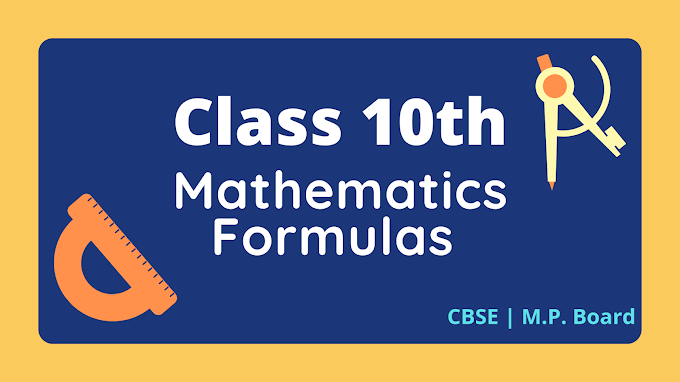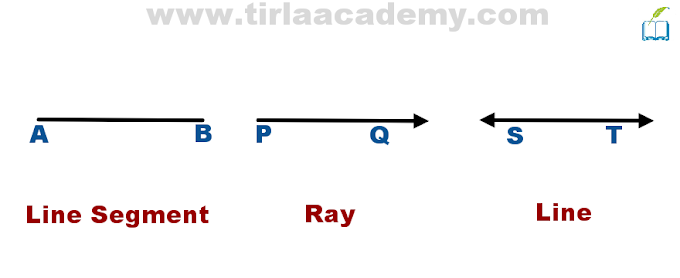Discover the top tools colleges use to catch AI‑generated essays—and what that means for students.
Imagine pouring hours into an essay, only to find out later it’s flagged as “mostly AI-written.” It’s stressful—and surprisingly common. With AI tools now woven into everyday writing, colleges have turned to detection software to uphold academic integrity.
Top AI Detectors Colleges Rely On
Turnitin
The most widely adopted tool in colleges, Turnitin, combines similarity checks with AI content detection. It compares submissions against a massive database of academic writing and web content. Its AI module flags likely AI-generated sections. While Turnitin claims a false positive rate under 1%, it still triggers accidental flags, especially for essays polished with grammar tools.
Copyleaks
Growing in popularity, Copyleaks offers both plagiarism detection and AI detection features. It supports multiple languages, offers real-time scanning, and typically achieves 90–99% accuracy on AI-generated text, with a low error rate.
Originality.AI
Known for its claimed accuracy of around 97%, Originality.AI is being adopted by schools for its robust detection of AI writing. It's particularly appealing where a standalone AI‑detection tool is needed.
GPTZero
Developed by Edward Tian, GPTZero offers free-tier AI detection focused on English essays. Educators use it as an easy first check, even though its false positive rate and sensitivity to paraphrased text have raised concerns.
Other Tools
Some colleges may test or use additional tools like Decopy AI and Smodin for specialized AI‑detection needs. Many platforms also integrate AI features into plagiarism tools like Grammarly or Unicheck.
⚠️ Why AI Detectors Aren’t Perfect
Accuracy issues: Academic studies report that many AI detectors score below 80% accuracy, and performance drops further with paraphrased or edited content.
-
False positives: Students using grammar tools, English language learners, and neurodivergent writers are at greater risk of being wrongly flagged by tools that detect rigid, formulaic patterns in text.
-
Policy gaps: Some institutions have paused or discontinued the use of certain tools like Turnitin’s AI detector because of unfair accusations and student complaints.
How Colleges Use AI Detection Smartly
Colleges don’t rely solely on software. Most use alerts from detectors as one part of their review process. Final decisions typically involve staff analysis:
Comparing writing style across drafts
-
checking editing history
-
allowing students to explain or appeal flagged cases
What Students Should Know
Awareness: Expect Turnitin or similar tools to scan your essay—colleges use these tools to keep standards high.
-
Proof of original work: Keep your drafts and edit history, especially if you use Grammarly or other editing aids.
-
Check your writing first: Run your draft through GPTZero or Copyleaks before submitting to spot any false AI flags.
-
Be prepared to explain: If flagged, be ready to show your writing process or evidence to back up authenticity.
-
Understand policy: Know your school's AI and academic‑integrity policy—most give students the right to appeal.
Final Thoughts
Colleges rely on tools like Turnitin, Copyleaks, Originality.AI, and GPTZero to detect AI‑generated content. While these tools are powerful, they are imperfect and best viewed as conversation starters, not definitive proof. If you write in your own voice, keep draft records, and stay transparent, you'll navigate the scrutiny with confidence.





